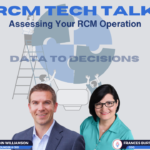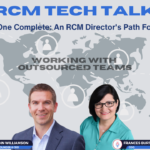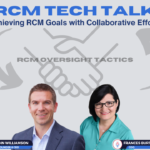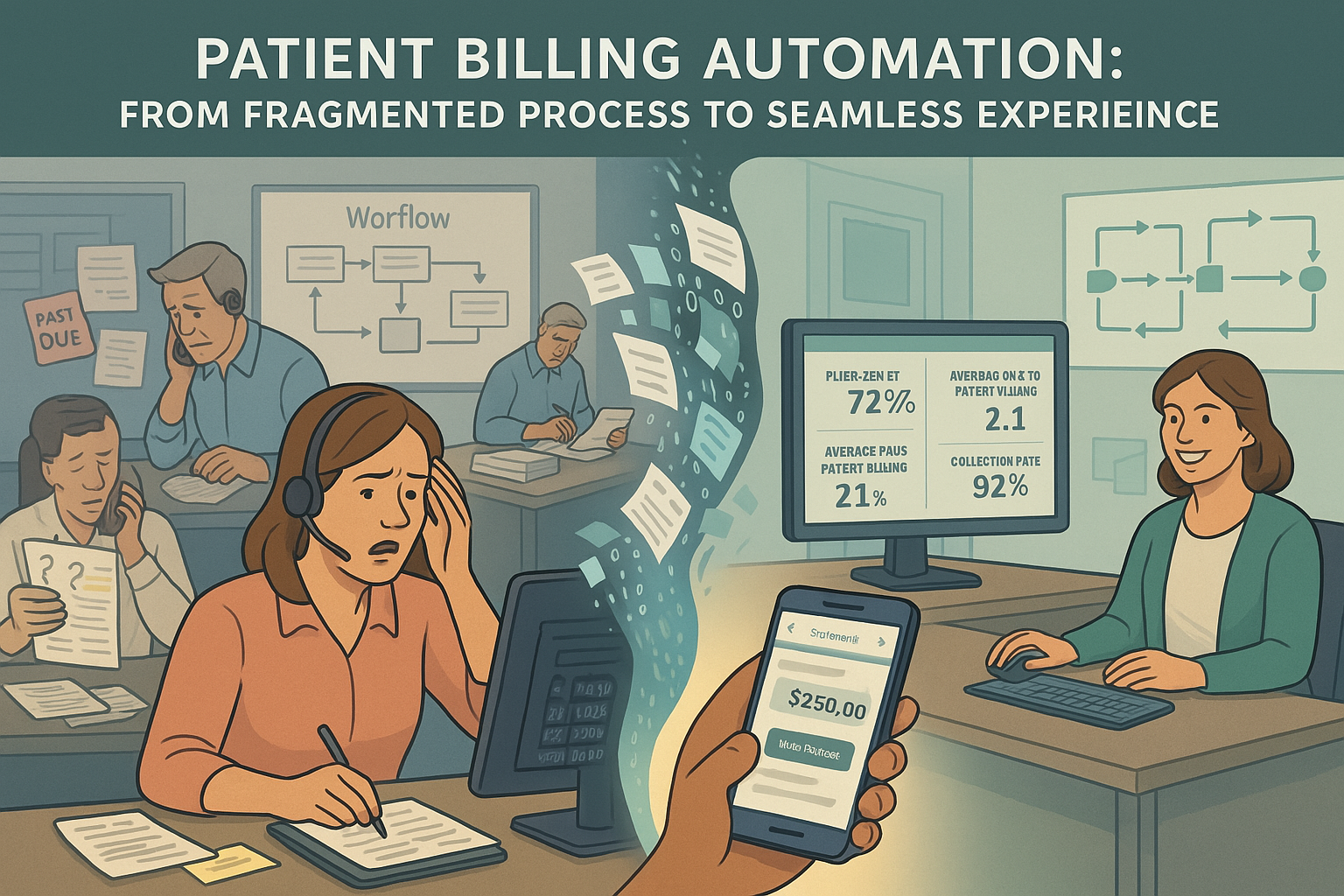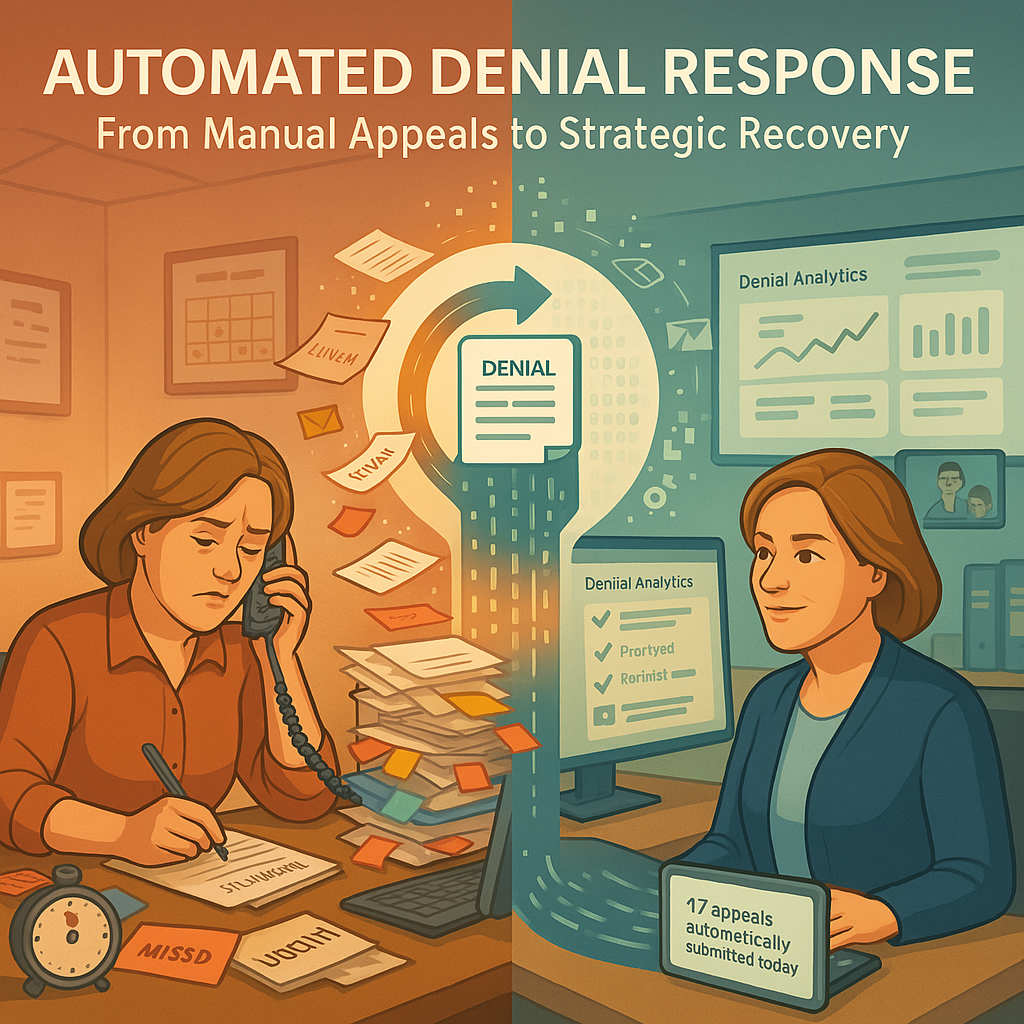Addressing Insurance AR Challenges in Revenue Cycle Management
In the complex world of healthcare finance, Insurance Accounts Receivable (AR) often becomes the focal point when revenue cycle problems arise. As the lifeblood of healthcare organizations, effective management of insurance AR is crucial for financial stability and growth. This post explores key strategies to optimize insurance AR processes and improve overall revenue cycle management.
Understanding the Insurance AR Landscape
Insurance AR encompasses all activities after a payer accepts a claim. It’s a critical component of the revenue cycle, often requiring significant staffing and attention. When financial issues arise, insurance AR is typically the first area examined.
The challenges in insurance AR are diverse:
- Delayed payments from insurers
- Denials due to various reasons
- Claims falling through administrative “black holes”
- Complex payer-specific requirements
Effective management of these challenges requires a multifaceted approach.
Data-Driven Decision Making: The Foundation of Success
To tackle insurance AR issues effectively, revenue cycle directors must prioritize data analysis. Two key metrics stand out:
- Aging volume by payer and age tier
- Denial volume by payer and type
These metrics provide granular insights into problem areas and patterns. By analyzing this data, you can identify problematic payers and recurring issues that need attention.
Create reports that break down AR by payer and age. This granularity helps spot trends and focus efforts where they’re most needed. Similarly, analyze denials by both payer and type to uncover patterns and systemic issues.
Streamlining Workflow Organization
Effective AR management hinges on smart workflow organization. Consider these strategies:
- Divide work by payer groups, providers, or specialties
- Assign staff based on expertise in specific areas
- Prioritize accounts approaching timely filing deadlines
- Focus on high-dollar claims for maximum impact
- Create specialized teams for different denial types
This approach allows staff to develop deep expertise, improving efficiency and accuracy. It also ensures that critical claims receive timely attention.
Improving Communication with Payers
Efficient communication with payers is crucial for resolving AR issues. Implement these practices:
- Utilize online resources before making calls:
- Check clearinghouse data
- Access payer portals
- Review EHR status updates
- When calls are necessary:
- Batch inquiries to discuss multiple claims per call
- Prepare a structured approach for follow-up questions
- Train staff to handle complex payer conversations
- Document all interactions thoroughly for future reference
By maximizing the use of online resources and optimizing phone interactions, you can significantly reduce resolution times.
Leveraging Technology for AR Management
Modern healthcare organizations have access to powerful technological tools. Maximize their use:
- Utilize EHR reporting capabilities for trend analysis
- Implement automated workflows for routine tasks
- Use AI-powered predictive analytics to forecast potential issues
- Integrate clearinghouse data for real-time claim status updates
These tools can provide quick answers and insights, reducing the need for time-consuming manual processes.
Continuous Improvement and Performance Monitoring
Regular analysis of AR processes is essential for long-term success. Focus on:
- Monitoring common reasons for claim denials
- Identifying bottlenecks in the AR workflow
- Assessing the effectiveness of appeals processes
- Evaluating staff performance and productivity
Use this data to refine processes, provide targeted training, and improve overall AR management efficiency.
Addressing Denials Proactively
Denials are a significant challenge in insurance AR. Implement a proactive approach:
- Analyze denial patterns to identify root causes
- Address issues at the source, often in front-end processes
- Develop tailored strategies for different denial types
- Create a dedicated team for complex denial management
By tackling denials head-on, you can reduce their occurrence and improve overall AR performance.
Conclusion: The Path to AR Excellence
Improving insurance AR is an ongoing process that requires dedication, data analysis, and continuous refinement. By implementing these strategies, healthcare organizations can significantly enhance their AR processes, leading to improved financial outcomes and a more robust revenue cycle.
Remember, the key to success lies in ongoing analysis, adaptation, and a commitment to excellence in every aspect of AR management. With the right approach, your organization can turn insurance AR from a challenge into a strategic advantage.



